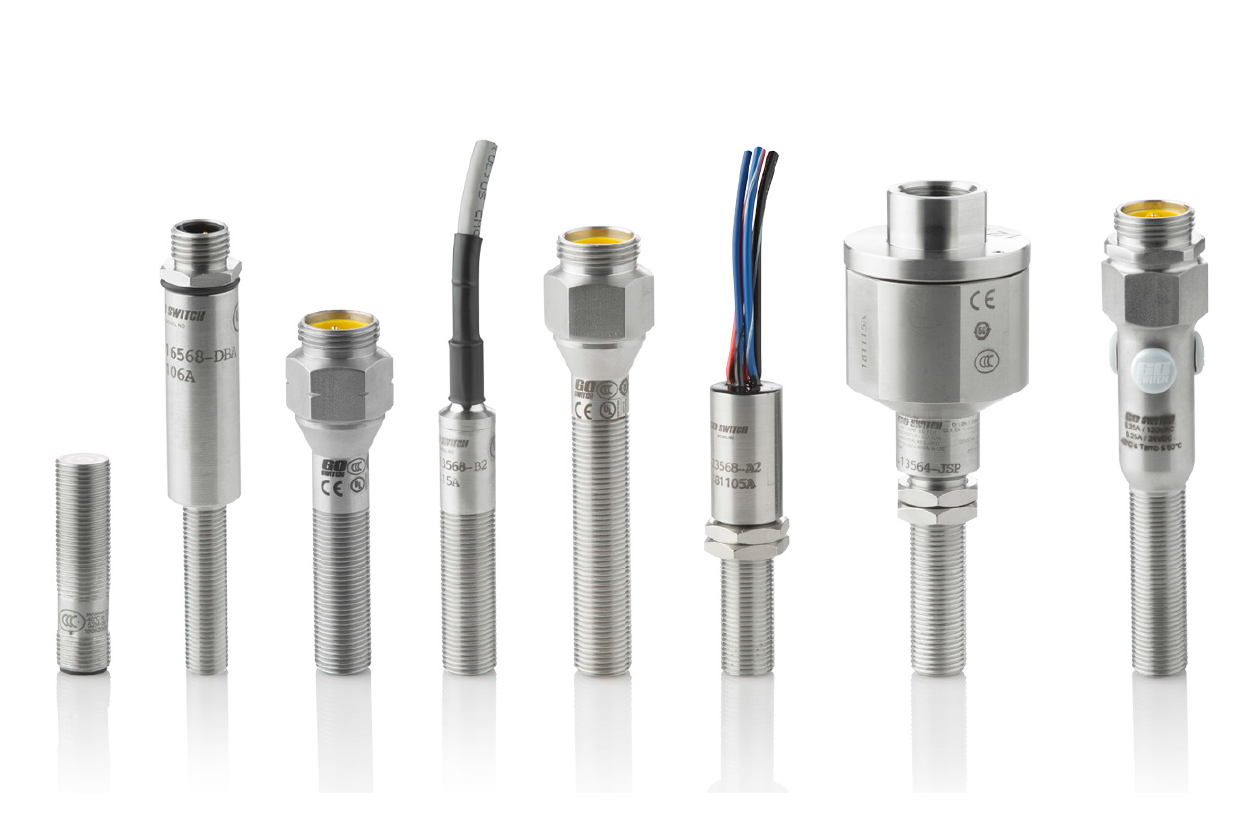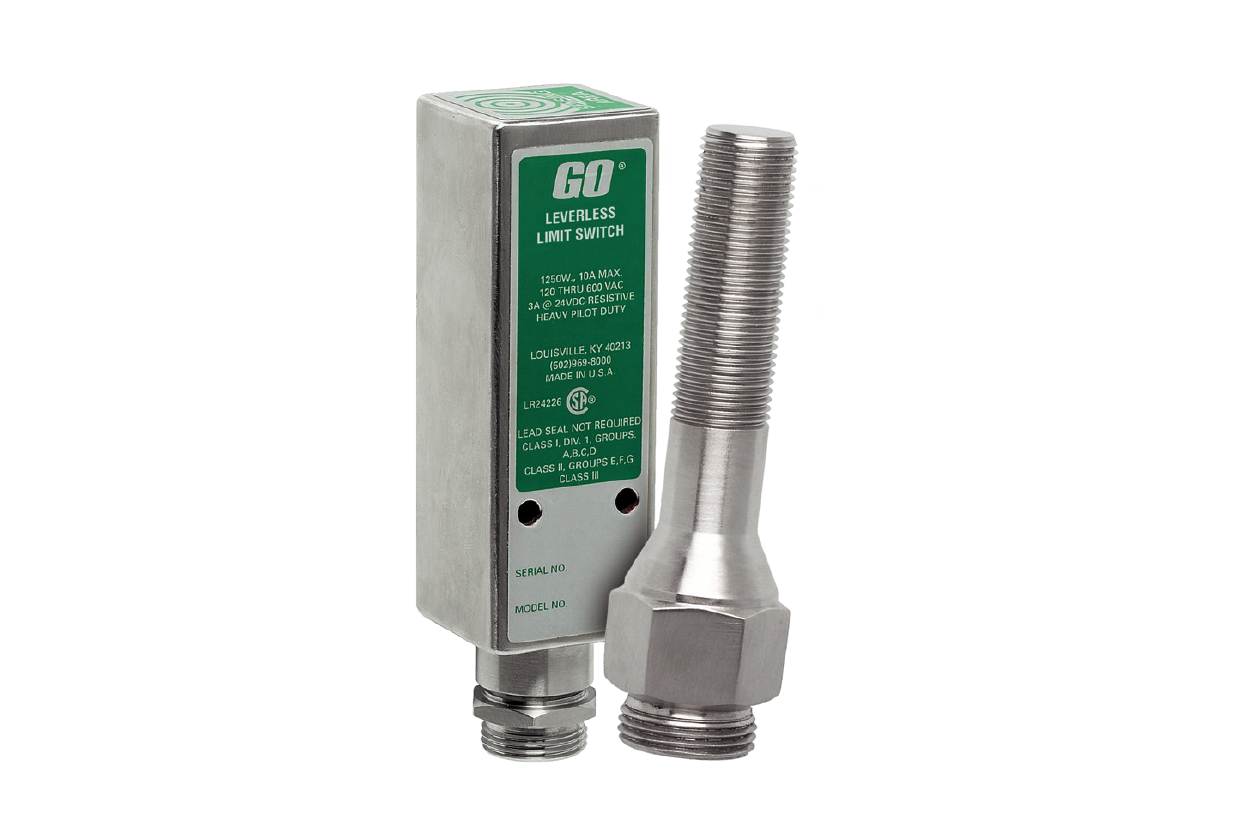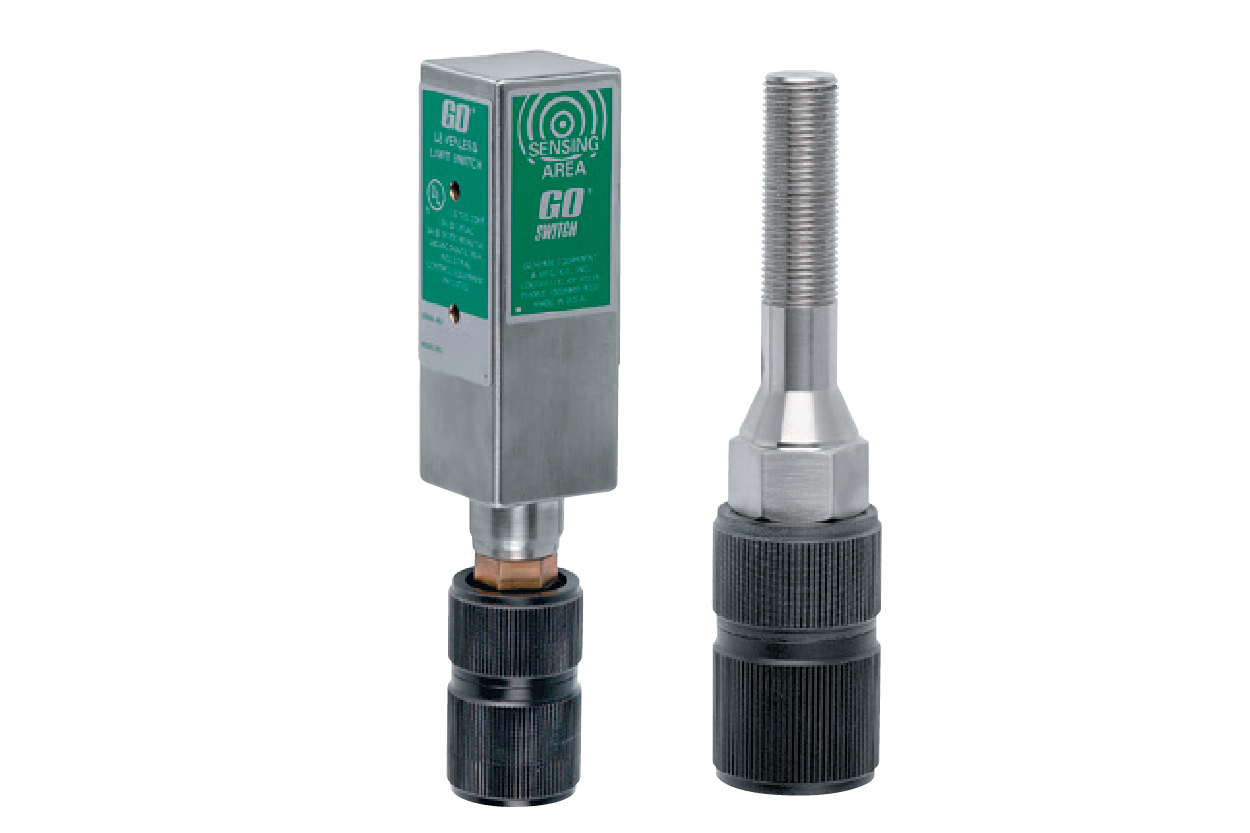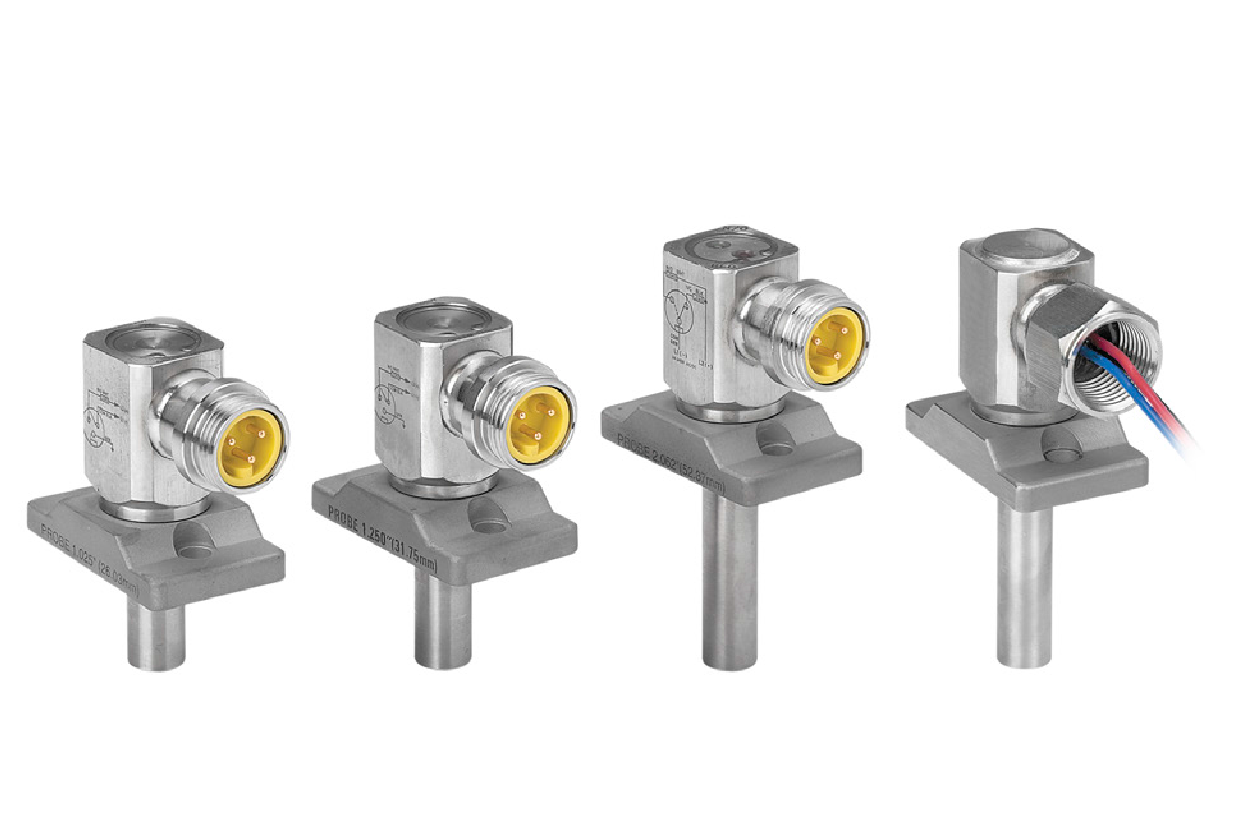

GO Switch provides reliable, durable proximity sensing in the most demanding conditions. Using unique technology, GO Switch outperforms all other types of sensors in applications that require high reliability and durability. The most versatile sensing solution. It detects like a proximity switch and functions like a limit switch, providing higher reliability when conventional switches fail.

GO Switch models 11, 21, 31 and 81 are the ideal replacements for traditional mechanical limit switches. Sealed contacts, rugged housings, non-contact detection of ferrous metal & magnetic targets, and snap action response make these switches the ultimate problem solvers for troublesome mechanical limit switch applications.

With all stainless steel construction, flexible AC/DC, NO/NC, and SPDT/DPDT contact configurations, superior corrosion
resistance, and global certifications for all hazardous areas, 70 Series GO Switches outperform inductive proximity
switches in the toughest applications.

35 Series GO Switches have set the standard for reliable performance in valve monitors. With hermetically sealed
contacts, low hysteresis, and superior resistance to vibration, moisture, contaminants, and temperature extremes, the
35 Series clearly outperforms any other valve monitoring switch or sensor available. When ordering valve position
monitors and switchboxes, be sure to specify GO Switch.

Stroke-To-GO cylinder proximity sensors provide precise end-of-stroke position indication on pneumatic and hydraulic
cylinders. Designed to exceed automotive industry standards, the housing is machined from stainless steel bar stock to
handle pressures to 3,000 PSI (206 bars) operating (tested to UL's 4X burst requirement) while withstanding the extreme
external conditions such as weld slag, coolants, cutting fluids, physical abuse and even high temperatures. Stroke-to-GO
incorporates the same 70 Series GO Switch mechanism that has been proven in the field in the most rigorous applications.
This unique design offers the greatest benefits in cylinder position end-of-stroke indication.